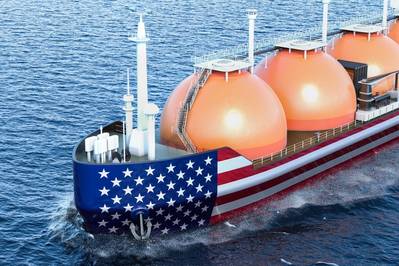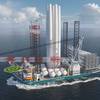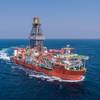Joint Venture to Develop First LNG Ship Bunkering Hub in US Gulf
A joint venture is developing the first dedicated liquefied natural gas (LNG) bunkering facility for ships in the U.S. Gulf amid efforts by the maritime industry to find cleaner fuel solutions, executives said on Thursday.
Shipping, which accounts for nearly 3% of global CO2 emissions and is under pressure from investors and environmental groups to accelerate decarbonisation, is exploring a number of other technologies including ammonia, methanol and wind in an effort to move away from dirtier bunker fuel.
Seapath, a subsidiary of global business group Libra, and Houston-based energy infrastructure company Pilot LNG have formed a joint venture to develop, construct, and operate the LNG bunkering facility in the greater Houston/Galveston area of Texas, with operations set to begin in early 2026, the companies said.
"This will be a pure LNG bunkering facility, not an LNG export or storage facility," Seapath CEO Greg Otto told Reuters.
"This facility will deliver LNG to service the vessels calling at the key ports of the Gulf Coast, filling the expanded need for LNG fuel not yet met in the region."
The facility, as currently planned, will produce 300,000 gpd (gallons per day) of LNG, rising by an additional 150,000 gpd as needed. There will be a storage capacity of 2 million gallons on site, with the ability to raise capacity with a second 2 million gallon storage tank, Otto said.
The project will have an initial investment of approximately $150 million and will be designed to deliver bio-LNG and renewable LNG, in addition to traditional LNG, to make the facility as sustainable as possible.
"The Seapath-Pilot project is a deliberately small-scale facility comprising gas liquefaction and temporary storage before loading on to the bunker barge vessels carrying the bunkering operations," Otto said.
"It is the first such facility in the U.S. Gulf, a sizeable bunkering hub, and just the second such dedicated LNG bunkering facility in the United States."
Otto said Seapath and Pilot "will continue to pursue opportunities to bring LNG marine bunkering to as many ports in the United States as possible".
The majority of more than 300 coastal and inland ports in the U.S. require significant investment due to creaking infrastructure, according to industry estimates.
(Reuters - Reporting by Jonathan Saul; Editing by David Holmes)











